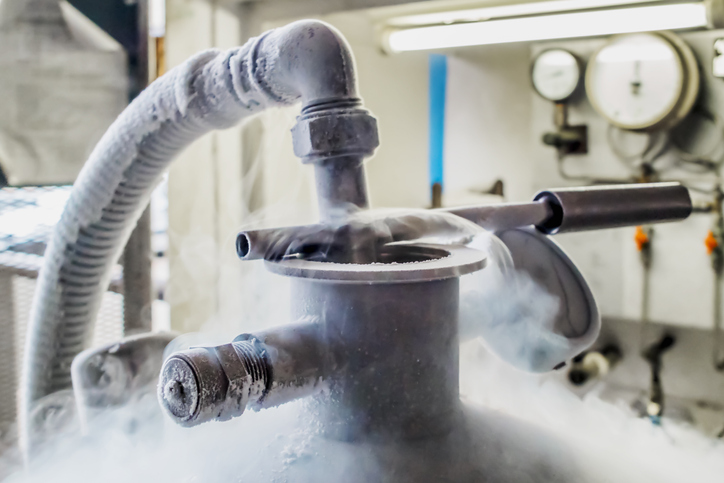Designing equipment that can withstand the extreme cold of cryogenic environments requires careful selection of materials to ensure optimal performance and reliability.

Among the various options available, cryogenic grade G-10—a composite material composed of layers of glass cloth impregnated with epoxy resin—has emerged as a standout choice for cryogenic applications. Explore some of the reasons why cryogenic grade G-10, which is made with an entirely different resin system than traditional G-10 and is certified at a lower temperature, is essential and advantageous for cryogenic equipment, particularly its unique composition and structural properties.
Composition and Structural Integrity
Cryogenic grade G-10’s composition plays a crucial role in its suitability for these harsh environments. The layers of glass fabric, reinforced with epoxy resin, provide exceptional dimensional stability and mechanical strength. The composite structure is engineered to withstand the rigors of extreme temperatures without succumbing to brittleness or deformation. The epoxy resin matrix not only enhances the material’s resistance to thermal stress but also contributes to its low thermal conductivity, a critical factor in cryogenic applications where heat transfer must be minimized to maintain ultra-low temperatures.
Dimensional Stability Under Extreme Cold
Maintaining precise dimensions is imperative in cryogenic equipment to prevent mechanical issues. Cryogenic grade G-10 excels in this regard, retaining its shape and structural integrity even under extreme cold conditions. This dimensional stability ensures that critical components such as insulation barriers, structural supports, and thermal insulators perform reliably over extended periods, minimizing the risk of thermal-induced stresses or failures.
Strength, Durability, and Chemical Resistance
Cryogenic environments subject materials to harsh conditions, including mechanical stresses and exposure to various chemicals. Cryogenic grade G-10’s inherent strength and durability make it an ideal choice for cryogenic equipment, capable of withstanding thermal fluctuations and mechanical loads without compromising performance. Moreover, cryo-grade G-10 demonstrates good resistance to a wide range of chemicals, further enhancing the longevity and reliability of equipment where exposure to corrosive substances is possible.
Electrical Insulation and Cost-Effectiveness
In cryogenic equipment involving electrical components, effective insulation is paramount for safety and functionality. Cryogenic grade G-10 serves as an excellent electrical insulator, maintaining its insulation properties even at extremely low temperatures. Additionally, compared to certain specialized cryogenic materials, cryogenic grade G-10 is readily available and cost-effective, making it a practical choice for constructing cryogenic equipment without sacrificing quality.
G10 in Action
The unique combination of properties offered by cryogenic grade G-10—low thermal conductivity, dimensional stability, strength, electrical insulation, chemical resistance, and cost-effectiveness—make it an indispensable material for cryogenic equipment design. Whether you are developing cryogenic storage tanks, valves, or other critical components, incorporating G-10 into your designs can significantly enhance reliability and efficiency in extreme cold conditions.
Are you actively considering upgrading your cryogenic equipment with better components or designing and engineering new products where cryogenic-grade G-10 material can be used? Reach out to our team to learn more about how our advanced composite materials can be used to elevate the performance and durability of your products.
Contact us today to discuss your specific requirements or to request a quote tailored to your project needs.
